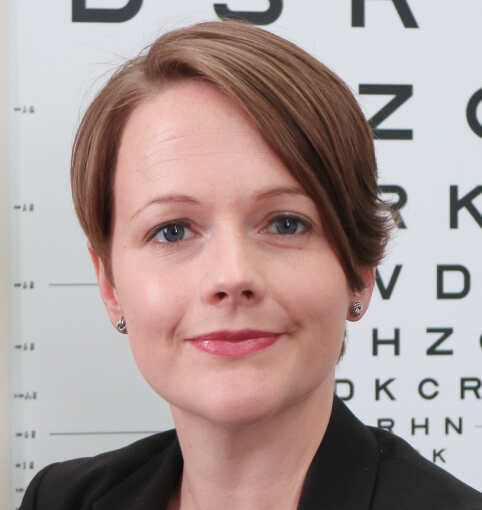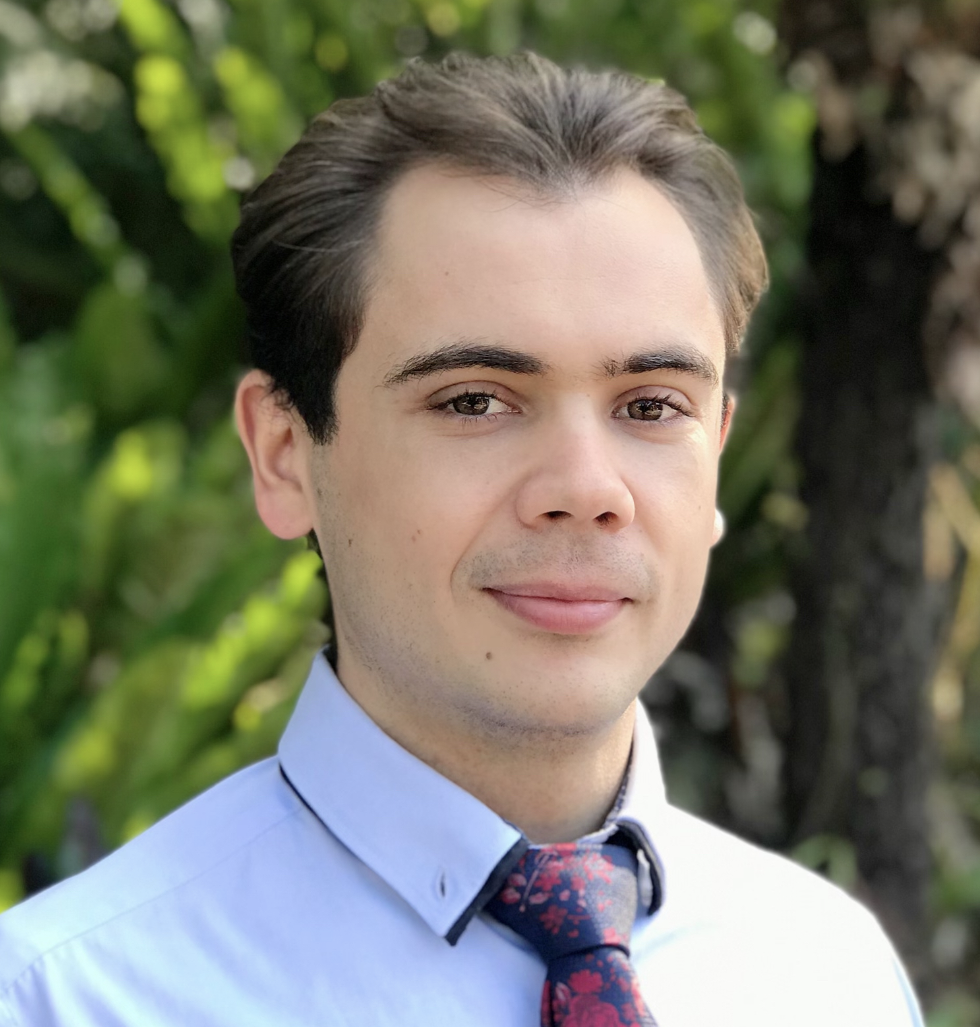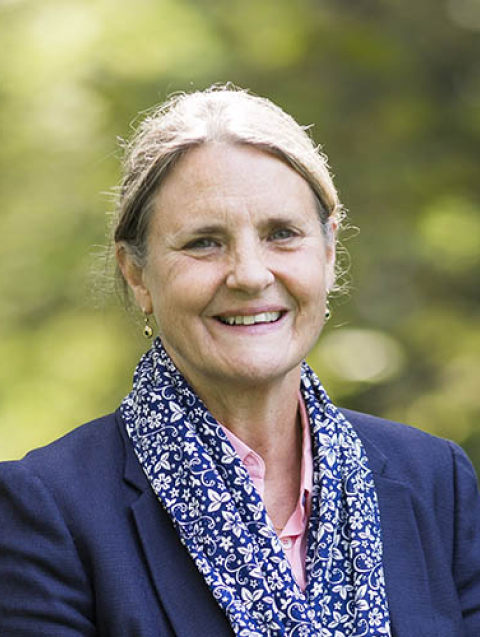Project Aim
Until recently, there have been no possible treatments to restore vision in those with profound vision loss. However, progress in the field of vision restoration has led to the development of stem cells to replace damaged cells, gene therapy to correct genetic defects and visual prostheses to simulate vision for end stage diseases.
In this new era, it is necessary to accurately define what level of vision remains prior to any intervention, and then assess what will initially be small improvements in visual function. Visual acuity, measured using conventional tools (i.e. Snellen letter acuity charts) are not appropriate at these low levels of acuity and fail to capture improvement in functional vision (i.e. levels of vision that are useful in performing basic daily living tasks) or improvement in quality of life.
Early clinical trials of some of these novel treatments have shown clinical efficacy, but have also highlighted the difficulties in assessing vision at such a low level. At present, individual research teams use tests that best suit their needs, but there is no standardisation between groups. This means that it is currently not possible to compare the performance of different treatment devices and modalities, due to the lack of common validated outcome measures.
The aim of this project was to validate a set of novel outcome measures that were developed by our team of occupational therapists, orientation and mobility experts, ophthalmologists, optometrists and orthoptists at the Centre for Eye Research Australia.
Project Results and Impact
We are pleased to report that the study was a success, with the tasks being assessed in a group of 40 people with very poor visual acuity (less than 6/60; legal blindness) and/or severe visual field loss (less than 20° diameter) from Retinitis Pigmentosa.
The study provided us with a large dataset, from which we were able to make decisions about which tasks provided the most useful information. In particular, we were looking for tasks that could be used in vision restoration clinical trials, to inform which interventions are most beneficial. The resulting battery of tests has been named the LoVADA (Low Vision Assessment of Daily Activities).
The LoVADA has now been used in the world-first clinical trial of a suprachoroidal retinal prosthesis (“bionic eye”) in Melbourne, and it is hoped that it will be used in international trials in the future. Dr Ayton and Assoc/Prof Bentley are both involved in an International Task Force (called the Harmonization of Outcomes and Vision Endpoints in Vision Restoration, or the HOVER Task Force), which is aiming to develop standards of visual function testing in trials. This group of world-leading experts is developing guidelines that now include reference to the LoVADA protocols, and has led to a rapid international recognition of this novel tool. In addition, we are collaborating with the Wenzhou Medical University in China, who will be evaluating the use of the LoVADA protocol in a Chinese population.
Published reports
- Finger RP, McSweeney SC, Deverell LA, O’Hare F, Bentley SA, Luu CD, Guymer RH, Ayton LN. Developing an instrumental activities of daily living tool as part of the Low Vision Assessment of Daily Activities (LoVADA) protocol. Invest Ophthal Vis Sci 2014;55(12):8458-66. Two additional publications on the LoVADA are currently under preparation or under review.
- Ayton LN*, Finger RP*, Deverell L, O’Hare F, McSweeney SC, Luu CD, Fenwick EK, Keeffe JE, Guymer RH, Bentley SA. Developing a very low vision orientation and mobility test battery as part of the Low Vision Assessment of Daily Activities (LoVADA) protocol. Currently under review at Invest Ophthal Vis Sci.
- Ayton LN, McSweeney SC, O’Hare F, Deverell L, McCarthy CD, Petoe MA, Barnes N, Finger RP, Bentley SA, Luu CD, Keeffe JE, Allen PJ, Guymer RH, for the Bionic Vision Australia Consortium. A prototype suprachoroidal retinal prosthesis improves performance on basic instrumental activities of daily living outcomes. Currently under preparation.
Finally, one additional manuscript on this subject cohort has recently been accepted by the journal Ophthalmology:
- O’Hare F, Bentley SA, Wu Z, Guymer RH, Luu CD, Ayton LN. Charles Bonnet syndrome in advanced retinitis pigmentosa. Accepted by Ophthalmology, 7 March 2015

Chief investigator:
Associate Professor Lauren Ayton
Centre for Eye Research Australia, Melbourne
Co-investigator/s:
Professor Sharon Bentley, Centre for Eye Research Australia, Melbourne
Grant awarded:
$39,630 (2014)
Research Impact Reports
Establishing novel AAV gene editing for Usher Syndrome
Project Aim The aim of this project was to establish proof-of-concept for a new type...
Using RNA-silencing to tackle neuroinflammation in retinal degeneration
Project Aim The aim of this project was to develop...
Improving real-world mobility and assessing long-term safety outcomes with a retinal prosthesis (“Bionic Eye”)
Project Aim This project aimed to measure visual outcomes of...
RNA base editing strategies as potential therapeutic of inherited retinal dystrophies
Project Aim This study aimed to use a new genetic...




